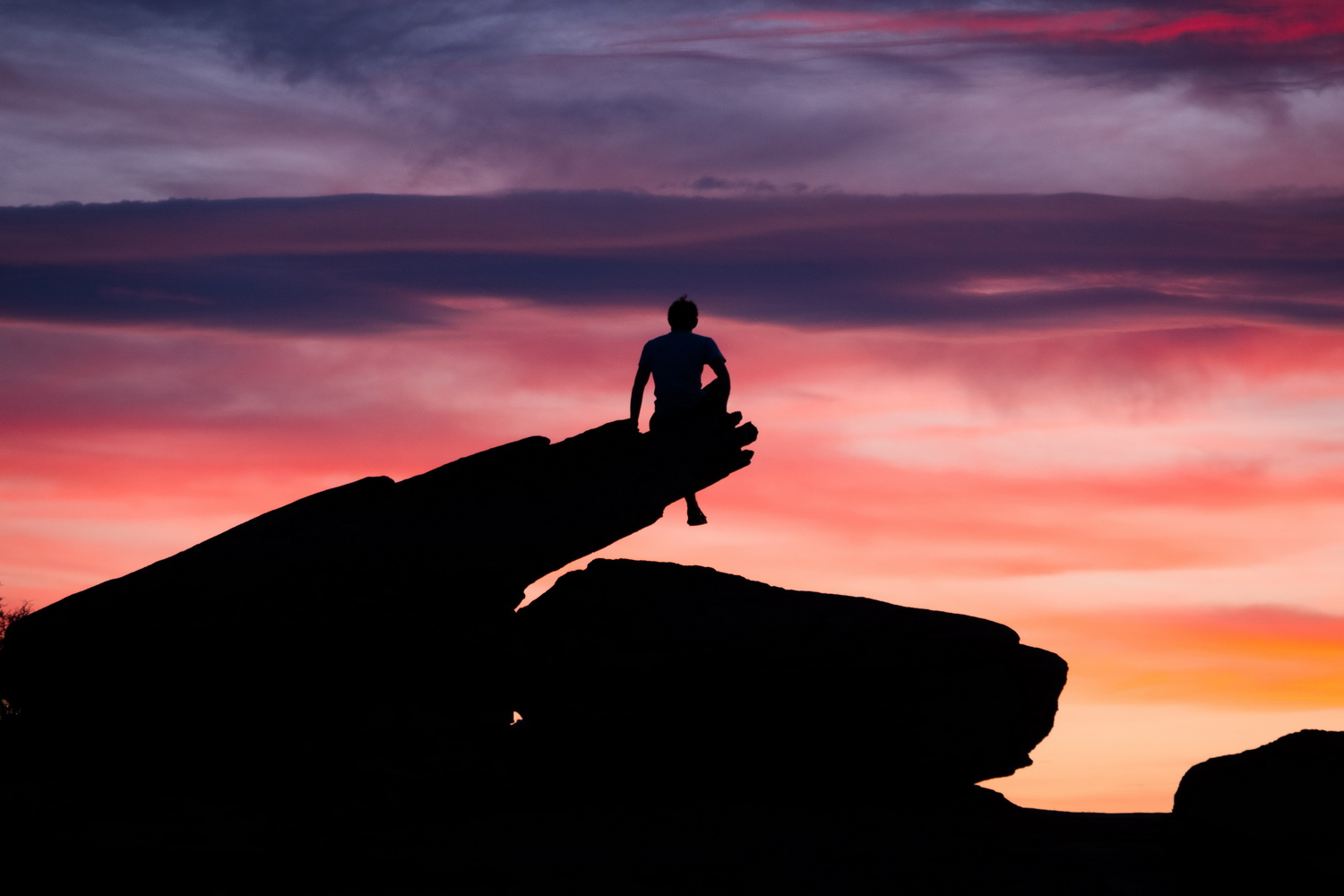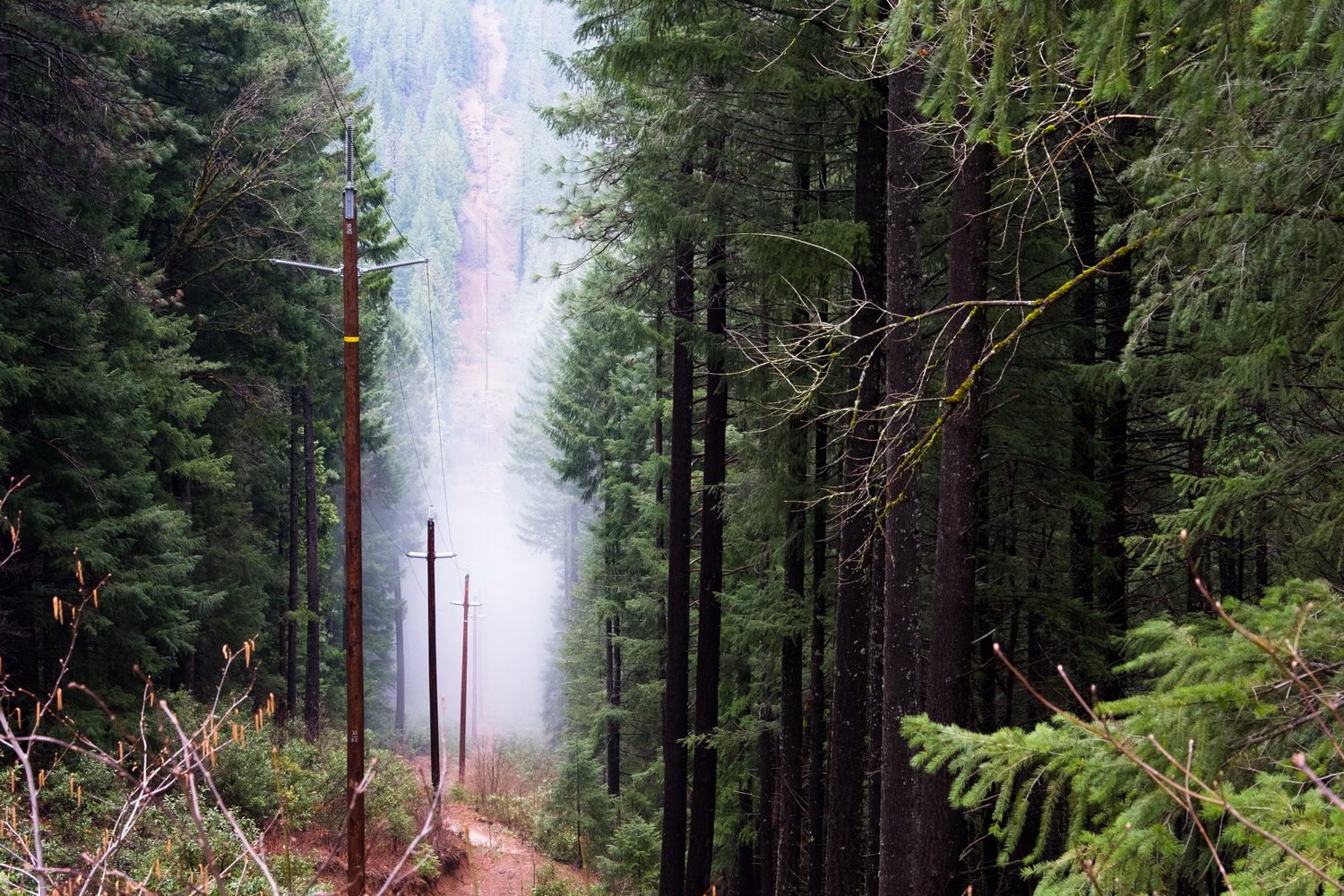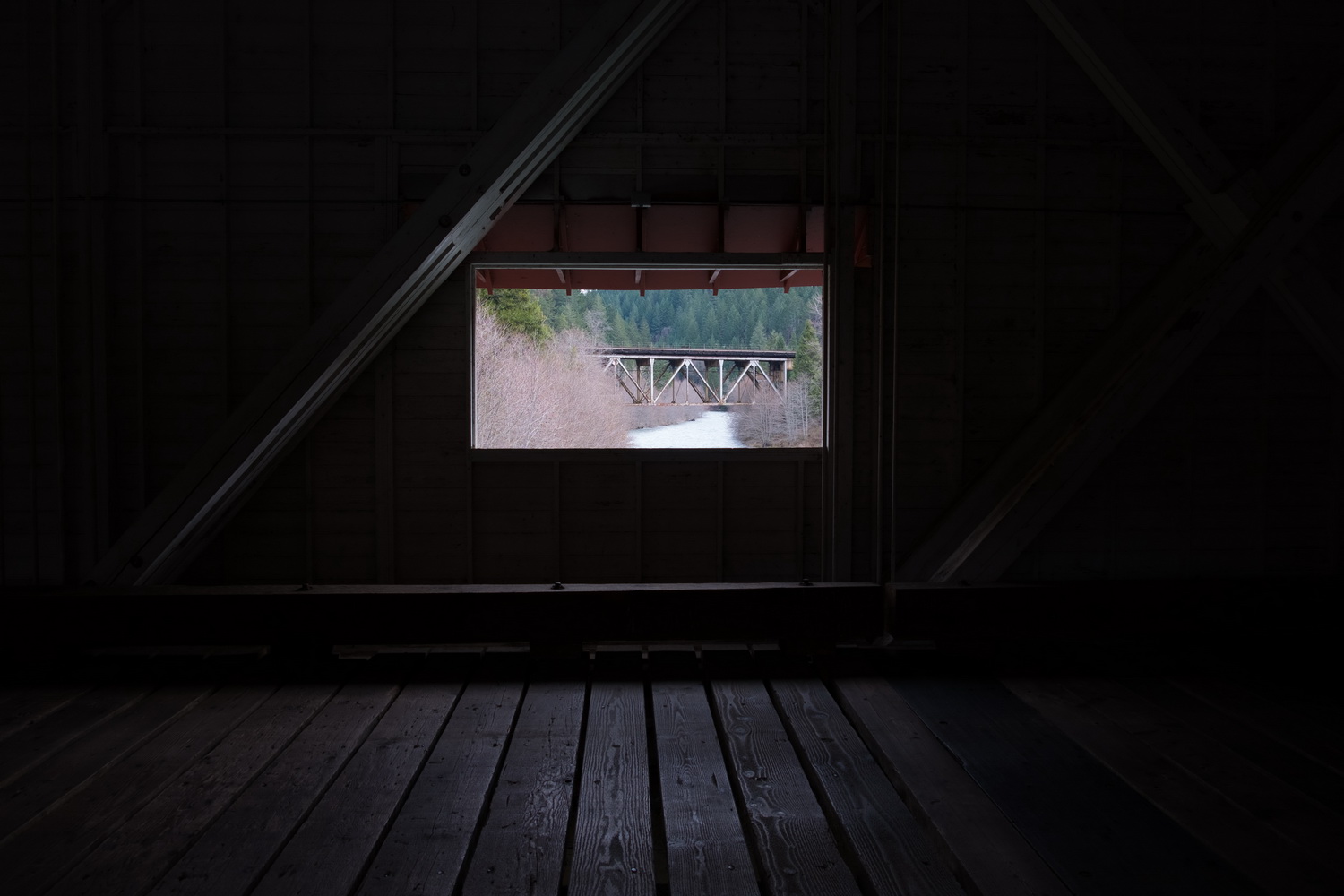
- Great value
- Impressive image quality
- Strong lens ecosystem
- Classic design
- 4K video
- No in-body image stabilization
- Dedicated ISO dial would have been nice
When it comes to a road trip, the most important thing is the car. But the second most important thing, we’d argue, is the camera. After five days and nearly 2,000 miles along an indirect route from Denver, Colorado to Portland, Oregon that took us past Horseshoe Bend, Zion National Park, and many other photographic locations, we can safely say two things: There is no better way to see the country than from the passenger seat of a BMW M3 convertible, and the Fujifilm X-T20 is one of the best sub-$1,000 cameras we’ve ever used.
Fujifilm has built a strong reputation with its X Series mirrorless system. The combination of classic design, good image quality, and a lens collection focused on fast primes makes a compelling case for enthusiast photographers. The system hasn’t been without its issues, however. In the past, Fujifilm cameras weren’t just retro, they also felt a bit dated, with slower autofocus performance and lackluster video features compared to many of their peers. The X-T2 mostly solved all of these problems and even introduced high-end video features that were completely unexpected, but at $1,600 for the body only, it kept Fujifilm’s latest and greatest tech well out of reach of most nonprofessionals.
This is where the new X-T20 comes in. It takes all of the technology inside the X-T2 and puts it in a smaller, lighter body that still offers plenty of control to keep experienced photographers happy. The price is also smaller, starting at $900 for the body.
Design and technology
At first blush, it would be easy to mistake the X-T20 for its predecessor, the X-T10. It retains the retro styling that is now definitive of Fujifilm digital cameras, but some things have been updated. A dedicated movie position on the mode dial removes the need for a video record button, and the new touch screen lets you set the focus point, trip the shutter, and navigate photos during playback.
The X-T20 not only gains the 24-megapixel X-Trans CMOS III sensor from the X-T2, but also the same X Processor Pro image processor and 325-point autofocus system. It even uses the same battery, which is good news for any X-T2 shooters considering the X-T20 as a backup camera. Video has been bumped to 4K, but it’s not quite the same as on the X-T2 (more on that in a bit).
Coming just four months after the announcement of the X-T2, the X-T20’s similar specifications could make some X-T2 early adopters feel a tinge of buyer’s remorse. However, there are important areas where the X-T2 still easily outpaces its younger sibling, and recognizing these will help photographers decide between the two cameras – and help X-T2 owners feel better about their purchase.
While the X-T20 looks very much like a miniature X-T2, there are some key differences in the design. The X-T2 may not have a touch screen, but it does have locking control dials, a dedicated AF joystick, and an ISO dial, all of which the X-T20 lacks. Both cameras feature a built-in electronic viewfinder (EVF) with 2.36 million pixels, but the X-T2’s is physically larger with better magnification, making it easier on the eye. The X-T2 also features dual UHS-II SD card slots for sustained high-speed shooting, while the X-T20 makes due with just a single, UHS-I slot.
One of the best sub-$1,000 cameras we’ve ever used.
The X-T20 body is also not weather sealed, and the grip is a bit smaller with no option for a vertical battery grip. That said, the ergonomics of the camera are still good, although larger lenses make it feel a bit front heavy. Other than the touchscreen, the other thing the X-T20 gets that the X-T2 lacks is a pop-up flash, but experienced photographers will likely find this to be of little use.
Overall, the design differences between these two cameras clearly illustrate the X-T2’s role as a professional’s machine, whereas the X-T20 is focused on simplicity and ease of use. Using both side by side, the contrasts are obvious. The larger X-T2 is heavier, but also more comfortable, at least for people with bigger hands. The lighter weight of the X-T20, however, makes it easier to carry with you for longer periods of time.
User experience
Even before Fujifilm had worked out all the kinks, there was one thing the X Series always nailed: the shooting experience. Its cameras have always presented a very mechanical, tactile approach to taking pictures in the way that few other digital cameras have. While it sounds like hyperbole, we can’t totally dismiss the brand’s slogan of “the soul of film in a digital world.” X Series cameras, with few exceptions, have always been a joy to use, and the X-T20 is no different.
We will say, however, that this is an area where the X-T2 has a slight edge. The larger viewfinder and grip, heavier weight, and even the sound of the shutter all contribute to a shooting experience that is second to none. The X-T20 feels cheaper, but only by comparison. It is still a well-built machine, with the right amount of resistance in the control dials and satisfying click points. We definitely miss the ISO dial and AF joystick, for which we feel the touchscreen is not a sufficient replacement, but these complaints are minor.
The X-T20 has the price and specifications to be a gateway drug into the X Series, and if you’ve been on the fence about giving the system a try, this camera should be enough to push you over. That said, there are some things to be aware of if you’re moving from another system. Mainly, there is no standard “PSAM” mode dial. Fujifilm instead prefers an older (some would say archaic) approach to controlling camera settings, with aperture set via a ring on the lens and shutter speed controlled by a dial on the top of the camera. An “A” position in both of these controls allows either or both to be set to automatic, while a tertiary Auto switch on the camera will immediately set it into fully automatic mode. Secondary command dials allow for 1/3-stop exposure adjustments.
This control system can be a bit confusing at first, especially given the perceived redundancy of the dedicated Auto switch and secondary command dials, but over time we have found it to be more natural than other control layouts, and appreciate that we can see exposure settings at a glance, even if the camera is turned off. You may disagree with this opinion, so it’s a good idea to spend some time with this camera to familiarize yourself with the controls before deciding if you want to hang onto it or not.
Image quality
As expected after seeing what this sensor can do in the X-T2, resolution, dynamic range, and high ISO sensitivity are all excellent on the X-T20. Like other Fujifilm models, JPEGs straight out of the camera are very usable and RAW files have plenty of latitude for post processing.
Fujifilm X-Trans sensors use a more complex color filter array compared to traditional Bayer image sensors. The original reason for this was to remove the need for an optical low-pass filter (OLPF), thereby improving sharpness. However, as megapixel counts have risen in recent years, manufacturers have been removing OLPFs even from standard sensors, with little to no negative effect.
In practice, there doesn’t seem to be much of an advantage to the X-Trans filter pattern anymore, but there also isn’t as big of an apparent disadvantage as the previous version had. The older 16MP X-Trans II sensor used in the X-T1 and X-T10 could produce “waxy” skin tones, especially at higher ISO settings, a side effect that seems to have all but vanished with the newer sensor. The X-T20, then, makes some of the objectively best images of any camera in this price bracket.
From a more subjective standpoint, the XF lenses we used also contributed to very pleasing results. The 56mm f/1.2 R APD, in particular, is incredibly sharp with beautiful bokeh, but even the more consumer-friendly 18-135mm f/3.5-5.6 produced strong images.
Video
The X-T20 is just the second X Series camera to include 4K video, and it’s great to see that Fujifilm is taking video more seriously. Interestingly, the X-T20 doesn’t crop the sensor like the X-T2 does when shooting in 4K mode. Instead, it records from the full width of the sensor, but uses line skipping rather than oversampling to do this. This means its output probably won’t match the sharpness of the X-T2, but you also won’t lose any angle of view, which may be a good tradeoff for the X-T20’s target customer.
For higher quality, clean 4K video can be output over HDMI to an external recorder, but the X-T20 lacks the X-T2’s F-Log flat gamma profile, so you won’t get the full dynamic range that the sensor is capable of. However, like oversampling, log gamma probably isn’t something that users in the $900 price range will be concerned with; least of all those interested in a Fujifilm camera, who are likely more focused on still photography.
Borrowing heavily from the superb X-T2, the X-T20 offers professional power at a great value.
In our experience, video quality was more than acceptable for casual use. However, make sure you use a stabilized lens, as the X-T20 does not have in-body image stabilization (neither does the X-T2). This is perhaps the only significant shortcoming of the camera. Much of the attraction to the X Series comes from the wide range of fast and sharp prime lenses, none of which use stabilization. In still photography, a wide aperture can make up for the lack of stabilization by allowing for faster shutter speeds, but this doesn’t help with video.
We tested the camera with three lenses, including the aforementioned 18-135mm that has stabilization along with two non-stabilized primes. When shooting handheld video, the prime lenses produced results that were simply unusable, with every bit of motion directly translating into jittery footage. The stabilized zoom provided smoother results that were much less distracting and easier on the eyes.
We’re not often fans of kit lenses, but this makes a strong case for the stabilized 18-55mm f/2.8-4 that’s available with the X-T20. It’s a great lens even on its own, but at just $1,200 for the kit, it adds a lot of value. In our opinion, that’s how you should buy this camera if you plan to shoot any video (assuming you don’t yet own a stabilized XF lens). Either that, or get ready to bring a tripod with you everywhere you go.
To be sure, this is no different than on any other Fujifilm camera, but given the prevalence of in-body image stabilization on mirrorless cameras from Sony, Panasonic, and Olympus, it is the one thing about the X-T20 that left us wanting. We’d love to be able to use XF prime lenses for handheld video, but unfortunately that’s just not practical right now.
Warranty
Fujifilm provides a one-year limited warranty.
Our Take
The X-T20 succeeds in putting the power and quality of the X-T2 into a smaller, more approachable camera. Given that the X-T2 is still a new camera, we can’t help but feel surprised (in a good way) at how much the X-T20 brings to the table for just $900. While it may not offer everything the professional needs –like weather sealing, a battery grip, or support for UHS-II memory cards – it holds up very well for other types of shooters.
Is there a better alternative?
In short, no. The go-to comparison is the Sony A6300, another mirrorless favorite of ours. However, unlike many other Sony cameras, the A6300 also lacks in-body image stabilization, although it does offer some advanced video functionality (the newer A6500, however, does). It also costs $100 more than the X-T20, and we prefer the Fujifilm’s control layout (but this is subjective).
The Panasonic GX85 is another contender, which costs just $600 at the time of writing thanks to an instant rebate. It boasts an incredible five-axis, sensor-shift stabilization system, great 4K video, and is even smaller thanks to its Micro Four Thirds sensor. However, it simply can’t match the image quality of the X-T20 or the classic shooting experience.
For still photography purists, we can think of no other camera in this price range that does everything the X-T20 does, as well as it does it.
How long will it last?
The X-T20 may not be built to the same standards as the X-Pro2 and X-T2, but it is certainly well made. The technology inside is also very good, and we have no doubt that the X-Trans CMOS III sensor will continue to produce impressive images for a long time to come. Treat this camera right, and it will last you for years.
Should you buy it?
Absolutely. The X-T20 is a significant upgrade over the X-T10 and also a perfect introduction to the X Series for newcomers. If you are lucky enough to live in a city that still has a brick and mortar camera store, then we recommend getting your hands on the camera before you commit. If the control layout doesn’t rub you the wrong way, then go for it. There simply isn’t a better value for this type of camera.





























